With the government’s fuel tax decrease soon coming to an end within the next few months, I thought it would be a timely reminder to refamiliarize readers with the rules, regulations, and guidance around fuel storage in New Zealand.
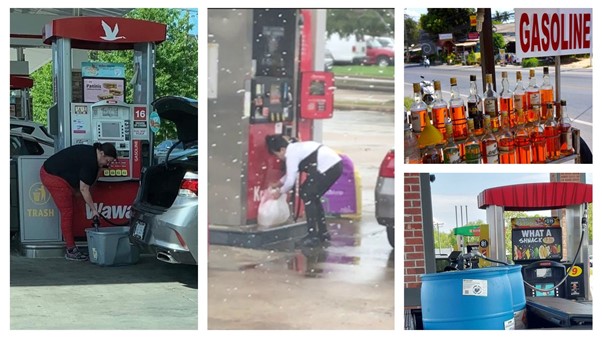
Diesel and Petrol require different controls based on their risk profile. Petrol carries a higher risk of ignition compared with Diesel due to its Flash Point. Petrol vapour is highly combustible therefore requires more care when using and storing. It is always interesting to consider the relative risk associated with fueling up at the pump, compared with other areas in the workplace which carry less risk but have greater controls.
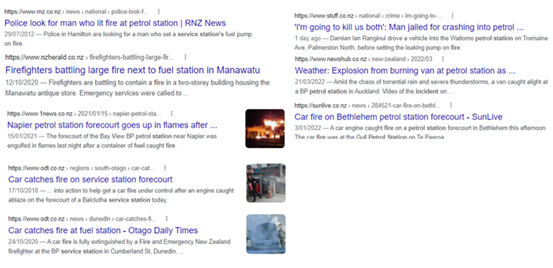
Worksafe NZ has guidance on storing both Diesel and Petrol. Farms have different rules entirely, which are detailed on the WorkSafe NZ website here. For Petrol, Portable containers have a maximum capacity of 25 litres.
There are several standards containers must comply with (as detailed on the Worksafe NZ website), petrol should be properly labelled in a sealed container which minimizes the chance of vapour or fuel leak. Petrol containers based on an approved standard are designed in such a manner they are easily identifiable and can withstand general wear and tear, such as drops and UV exposure. There is even a provision in the NZ standard that all containers must have a carry handle.
Lastly, many plastics are dissolved by petrol, such as polystyrene, hence the need to use approved containers.
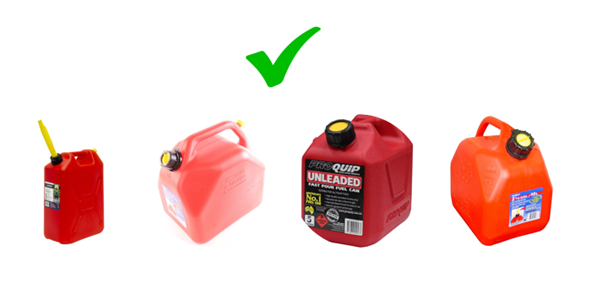
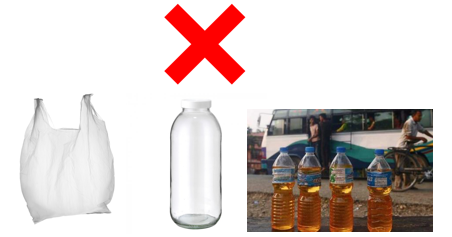
For storing capacities over 50L, a compliance certifier is required to approve the storage location. The compliance certifier will visit your site to confirm that the substance is stored safely, consistent with the hazardous substances’ legislation. The compliance certifier will issue you with a location compliance certificate.
The storage requirements for Diesel are less restrictive, although it is always advisable to follow guidance provided by Worksafe NZ to determine the types of controls to be implemented (which depends on use, with Diesel).
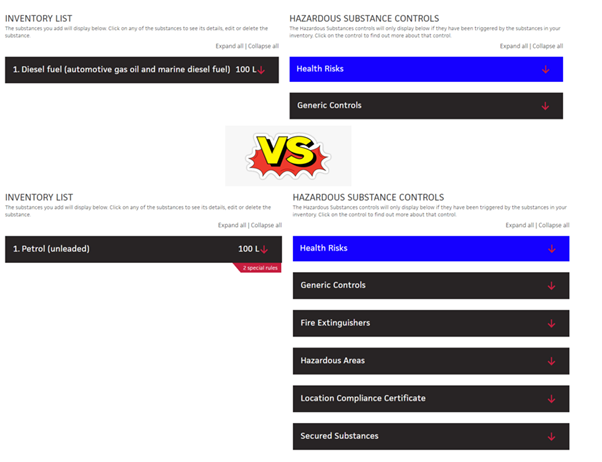
A straight-forward method of determining the types of controls to be implemented if Diesel or Petrol is stored in your workplace, can be found by using WorkSafe NZ’s HSNO Calculator.
There are several benefits to using the WorkSafe NZ’s calculator, namely:
- Automatic calculation of controls based on entered data
- This takes the guesswork out of knowing what can and cannot be stored together and calculates signage and storage requirements.
- Cloud-based, access is via easily shared (or closely held) PIN code
- No more confusing spreadsheets that require a license to operate!
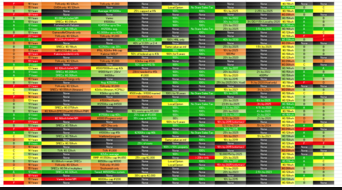
Figure 1 Spreadsheet Hell
I will not outline the entire process for entering substances, as this is covered in both the Quick Guide and on WorkSafe NZ’s YouTube
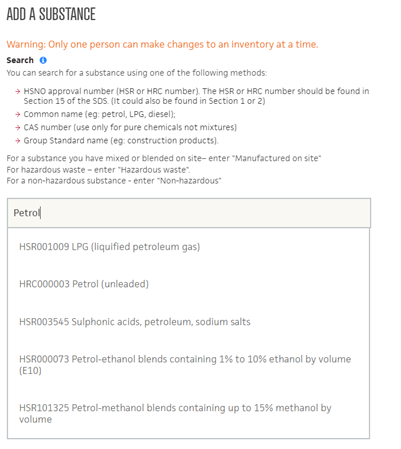
However, I will mention from personal experience, that once you complete a few entries, and get into a rhythm, the HSNO calculator provides an easy-to-use means of creating an inventory in an approved manner. It also works well with iPad’s or tablets, meaning you can get eyes-on actual substances while you enter them.
If you have any questions regarding fuel storage or HSNO in general, do not hesitate to reach out via our contact page!
Contributor: Afele Paea - Consultant - LM Safety Ltd.





